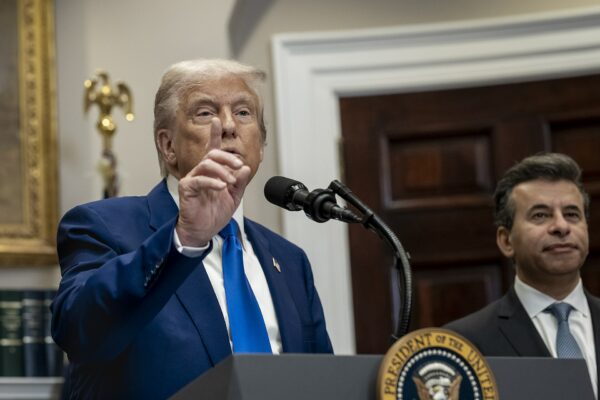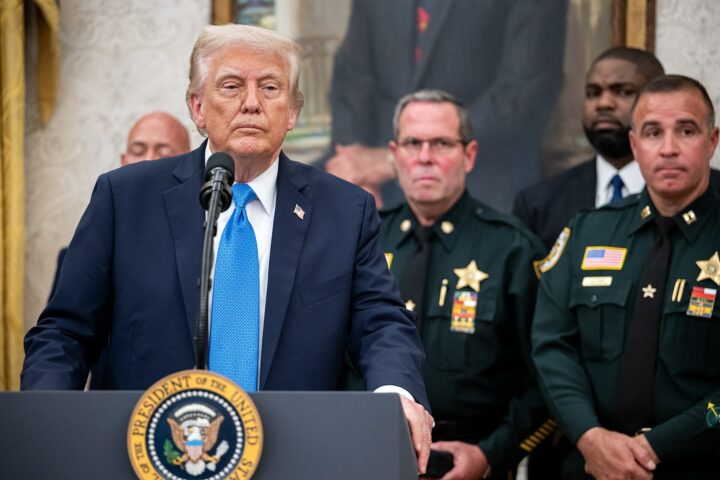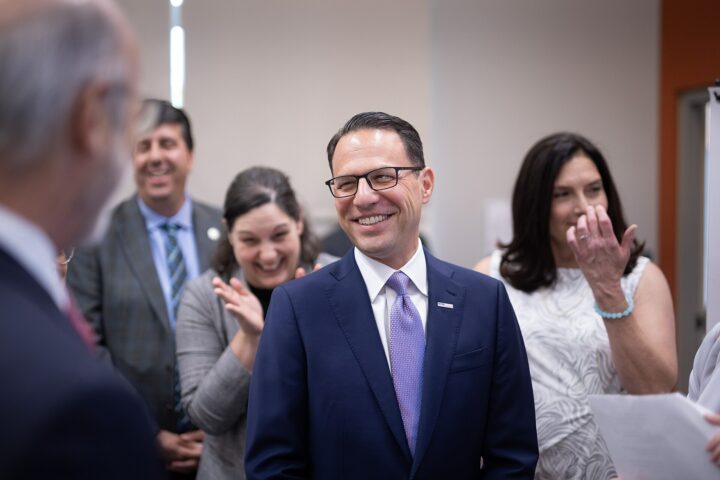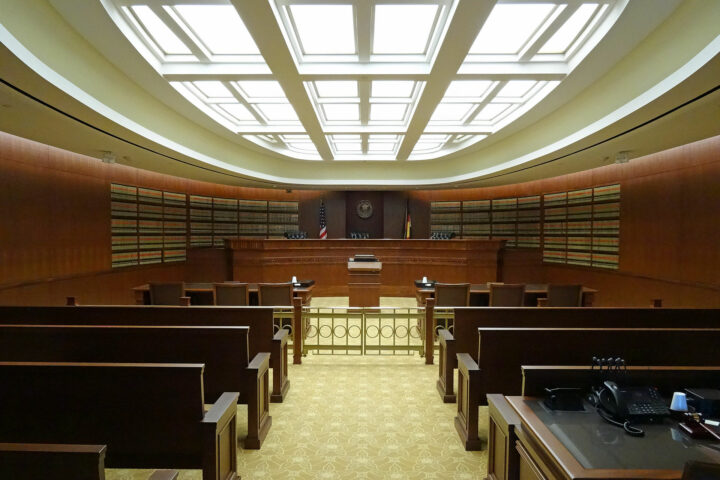The White House reportedly mounted a final, urgent push on Wednesday to rally congressional Republicans behind President Trump’s sprawling economic proposal, billing it as the key to ushering in a new era of prosperity and job creation.
Dubbed the “Big, Beautiful Bill,” the legislation includes sweeping tax reforms, including a permanent extension of the 2017 tax cuts and new provisions to eliminate taxes on tips and overtime.
Administration officials say the bill would boost take-home pay for families by thousands of dollars, create millions of jobs over the next decade, and position the United States for a sustained economic boom.
“This is going to make America the economic envy of the world again,” President Trump wrote in a post on social media Wednesday morning, touting the bill’s potential to deliver “record-breaking growth” and unleash what he described as “a financial miracle.”
Yet the administration’s optimism has met growing resistance on Capitol Hill.
Despite a narrow victory in the Senate, where Vice President J.D. Vance cast the tie-breaking vote, the bill now faces a more precarious path in the House, where Republican defections could sink the measure.
With only a slim GOP majority, opposition from just a handful of members would be enough to stall the legislation.
Several Republicans, including members of the House Freedom Caucus and moderate lawmakers from swing districts, have expressed concerns about the bill’s price tag and its impact on federal programs.
Critics warn that it would significantly increase the national debt, reduce Medicaid coverage, and scale back nutritional assistance — all while offering substantial tax relief to high earners and businesses.
Speaker Mike Johnson has spent the week in intensive negotiations, urging lawmakers to support the bill as a necessary compromise and pledging future opportunities to refine the legislation.
But with the July 4 deadline looming — a marker set by Trump himself — the window for unity is rapidly narrowing.
The proposal also includes a multitrillion-dollar increase in the debt ceiling, expanded defense spending, and new funding for border enforcement, aligning with Trump’s broader agenda ahead of the 2026 midterm elections.
Supporters within the administration argue that its stimulative effect will far outweigh its fiscal cost, dismissing dire projections as overly pessimistic.
As the House prepares for a pivotal vote, the outcome will serve as a high-stakes test of Republican cohesion — and of Trump’s ability to turn sweeping promises into legislative victories.
[READ MORE: Newsom Axes Onerous Environmental Rules Seen as Major Impediment to California Homebuilding]








